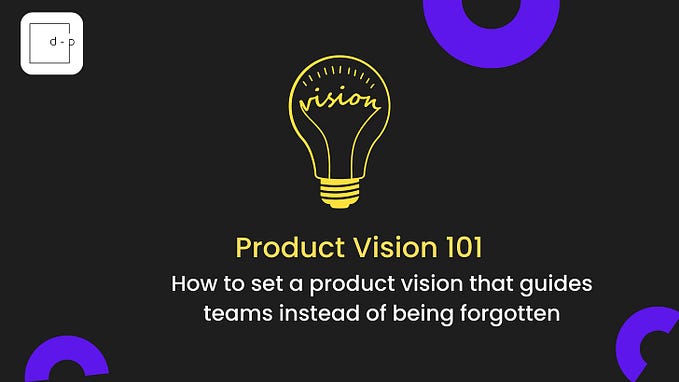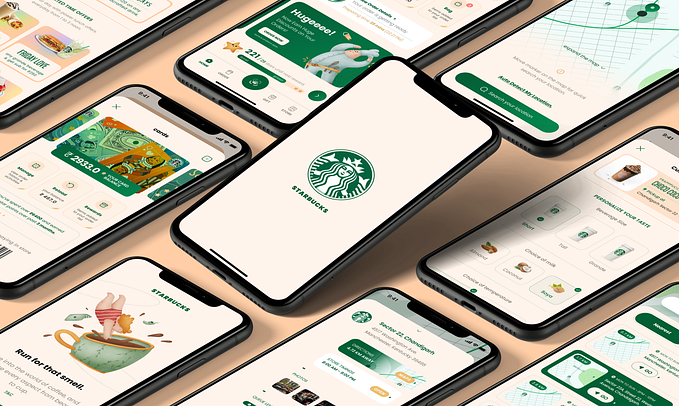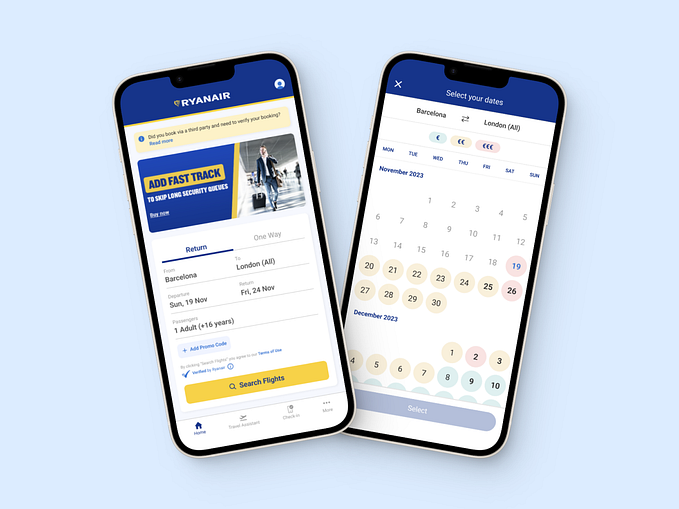Member-only story
Duolingo’s onboarding testing — what’s stuck?
What’s changed since 2022? Personalisation, animation and speed.
Get these a week early at growthdives.com ✨

Last year, I wrote about how Duolingo converts freemium users. It was one of my best articles of all time on Medium and was super fun to write.

I’ve been meaning to do a re-visit for while now, especially seeing as I have screenshots that date back to 2022. When I found the old screenshots I thought:
What. A. Treat.
There’s so much that’s changed, and there’s a lot that has stayed. Which indicates that certain parts are working whilst others are continuing to improve — propelling the business to incredible financial results.
Before diving into the UX, time for a recap of Duolingo’s 2018 growth slump, what they changed and how the business is doing now.
Hint: pretty damn well.
Duolingo’s growth slowdown, reversed
Back in 2018, Duolingo was seeing single-digit user growth each year. They’d not grown retention for four years and the latest gamification and referral changes had flopped.
Fast forward four years, and DAU skyrocketed 4.5X. The team had reduced churn by 40% and increased the percent of our DAU (daily active users) with a streak of 7 days by 3X. Meaning over half of their DAU had a streak of 7 days or more.
This was due to the work of Chief Product Officer at the time, Jorge Mazal, and his gamification team. Together, they worked on three key things:
- Finding the right levers for the business through modelling and analytics (which turned out to be current user retention)
- Doubling down on gamification (improving streaks and working on leaderboards, the latter increased learning time by 17%)
- Improving push notifications (working on timing, templates, images, copy & localisation led to dozens of small-medium-size wins that ‘have amounted to substantial gains in DAU’)








